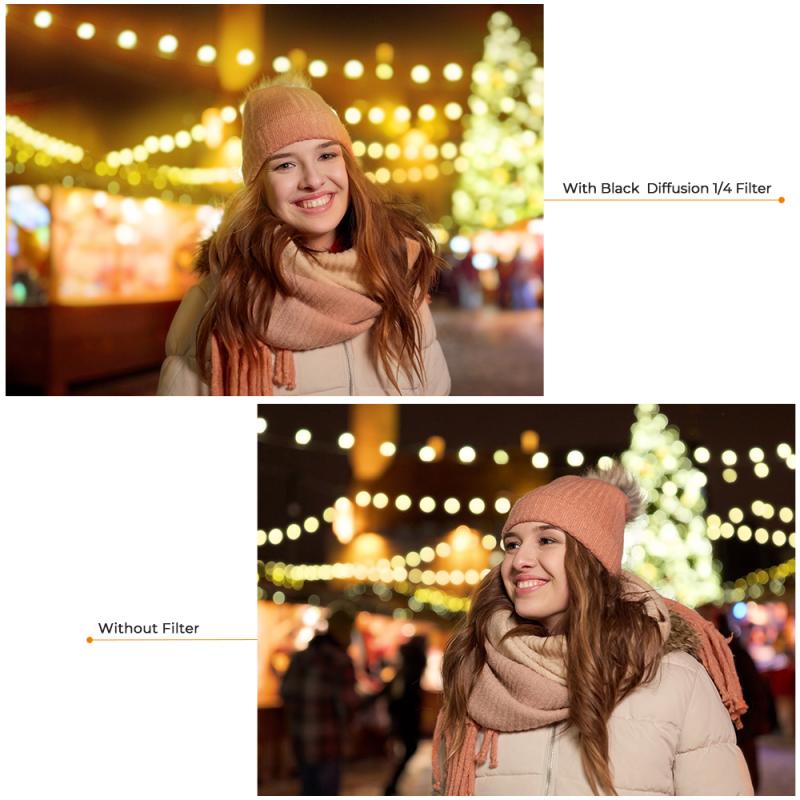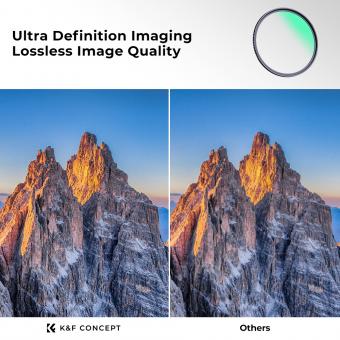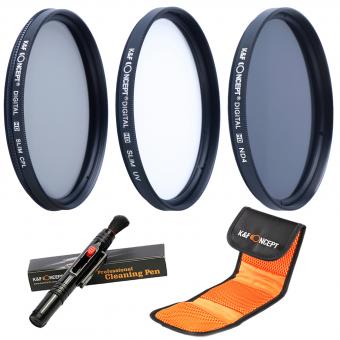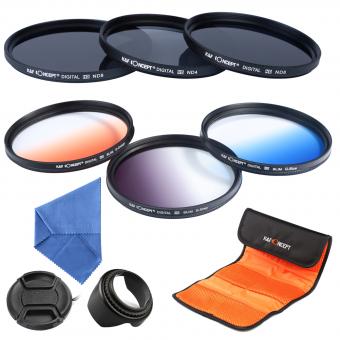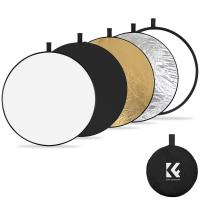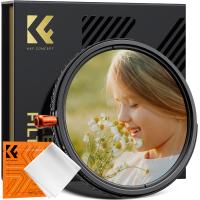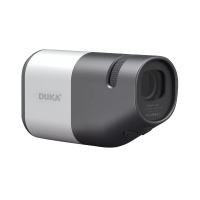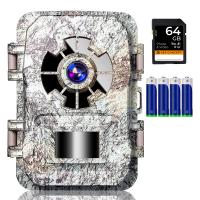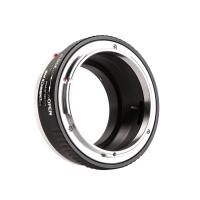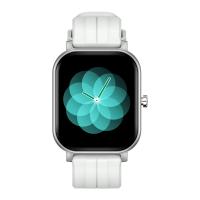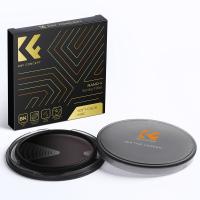How To Avoid Lens Flare With Filter ?
To avoid lens flare when using a filter, there are a few techniques you can try. First, make sure your filter is clean and free from any smudges or fingerprints that could cause unwanted reflections. Additionally, using a lens hood can help to block stray light from entering the lens and causing flare. Positioning yourself or your subject in a way that minimizes direct sunlight or bright light sources shining directly into the lens can also help reduce flare. Finally, if you're still experiencing flare, you can try adjusting your shooting angle or using your hand or a piece of cardboard to shield the lens from the light source.
1、 Using a lens hood to block stray light
Using a lens hood to block stray light is an effective way to avoid lens flare when using a filter. Lens flare occurs when light enters the lens from an angle and creates unwanted artifacts in the image. A lens hood is a device that attaches to the front of the lens and extends outwards, creating a shade around the lens. This shade helps to block stray light from entering the lens and causing lens flare.
Lens hoods come in different shapes and sizes, depending on the lens and its focal length. They are designed to match the angle of view of the lens, ensuring maximum coverage and effectiveness. When using a filter, it is important to use a lens hood that is compatible with the filter size to avoid any vignetting or obstruction.
In addition to using a lens hood, there are a few other tips to consider when trying to avoid lens flare with a filter. Firstly, positioning yourself and the camera in a way that minimizes the direct light hitting the lens can help reduce the chances of lens flare. This can involve changing your shooting angle or using your body or other objects to block the light source.
Furthermore, using a high-quality filter can also help reduce lens flare. Cheap or low-quality filters may introduce additional reflections and artifacts, increasing the chances of lens flare. Investing in a good quality filter with multi-coating can help minimize these issues.
Lastly, it is important to be aware of the type of light source you are shooting towards. Shooting directly into the sun or other bright light sources increases the likelihood of lens flare. Adjusting your shooting position or using the lens hood to block the light can help mitigate this.
In conclusion, using a lens hood to block stray light is an effective way to avoid lens flare when using a filter. Additionally, being mindful of your shooting position, using high-quality filters, and being aware of the light source can further help minimize lens flare and improve the overall image quality.
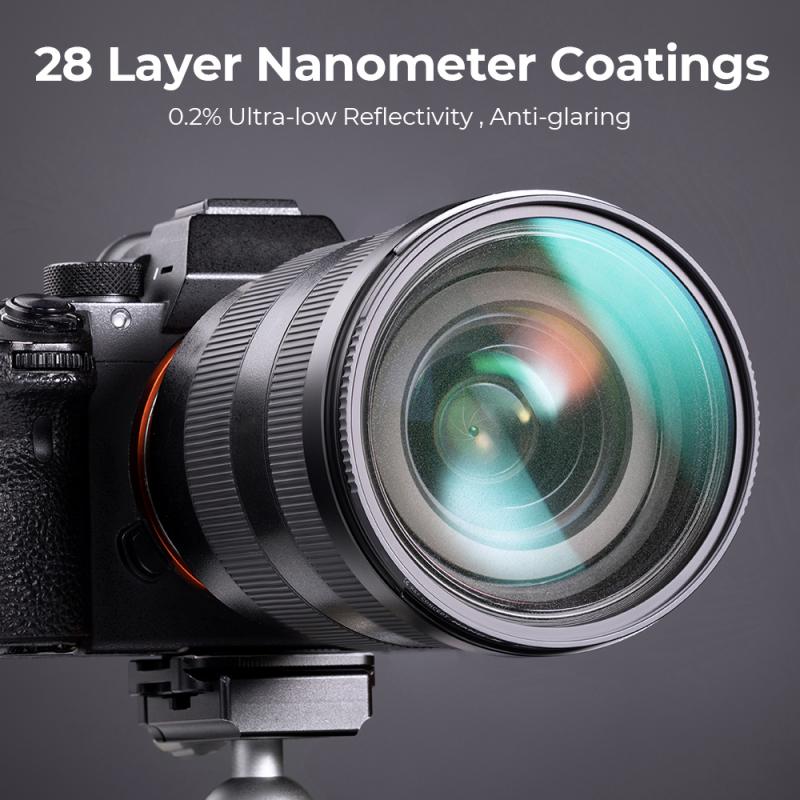
2、 Choosing a high-quality filter with anti-reflective coatings
To avoid lens flare with a filter, one effective method is to choose a high-quality filter with anti-reflective coatings. Lens flare occurs when light enters the lens at an angle and reflects off the lens elements, causing unwanted artifacts in the image. Anti-reflective coatings help to minimize this reflection and reduce the chances of lens flare occurring.
When selecting a filter, it is important to consider the quality of the coatings. High-quality filters often feature multi-coatings that are designed to reduce reflections and increase light transmission. These coatings are typically applied to both sides of the filter glass, ensuring maximum effectiveness.
Additionally, the latest advancements in filter technology have led to the development of nano-coatings. These coatings are even more effective at reducing reflections and flare, as they are designed to repel water, oil, and dirt particles. Nano-coated filters are also easier to clean, as they are less prone to smudging and fingerprints.
It is worth noting that while anti-reflective coatings can significantly reduce lens flare, they may not completely eliminate it in all situations. Shooting directly into a strong light source, such as the sun, can still cause flare even with a high-quality filter. In such cases, it is advisable to adjust the composition or angle of the shot to minimize the impact of the flare.
In conclusion, to avoid lens flare with a filter, choosing a high-quality filter with anti-reflective coatings is crucial. These coatings, especially the latest nano-coatings, help to minimize reflections and increase light transmission, resulting in cleaner and more flare-free images.
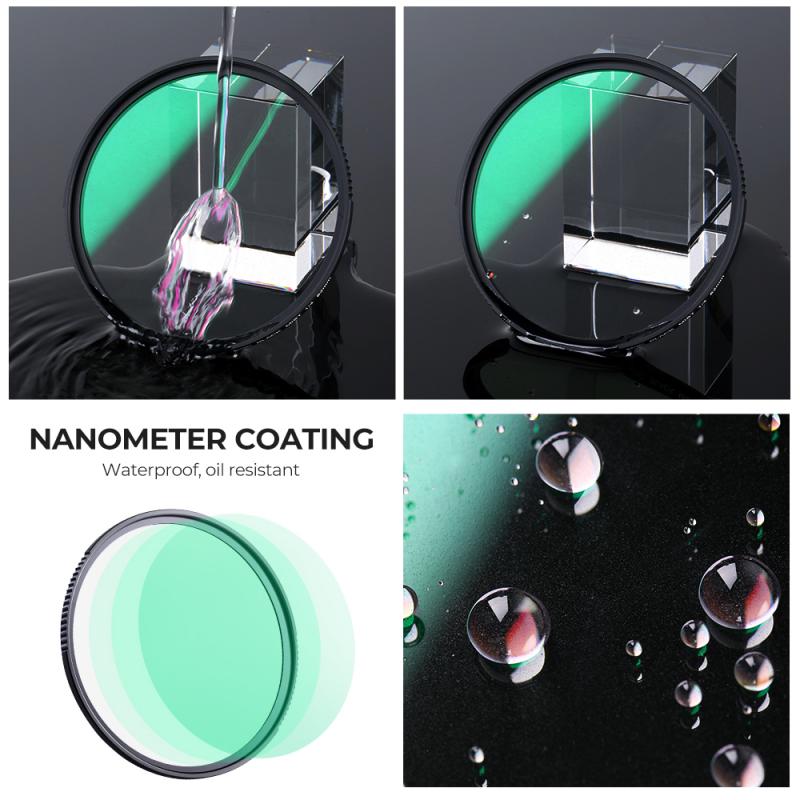
3、 Positioning yourself to minimize direct light sources
To avoid lens flare when using a filter, there are a few techniques you can employ. One effective method is to position yourself in a way that minimizes direct light sources. This means being aware of the angle at which light is hitting your lens and adjusting your position accordingly.
Firstly, it's important to understand that lens flare occurs when light enters the lens and creates unwanted reflections and artifacts. By positioning yourself in a way that reduces the amount of direct light hitting your lens, you can significantly minimize the chances of lens flare occurring.
One way to achieve this is by using your body or other objects to create a physical barrier between the light source and your lens. For example, if the sun is causing lens flare, you can position yourself in a way that places your body or a nearby object, such as a tree or building, between the sun and your lens. This will help block the direct light and reduce the chances of flare.
Additionally, you can experiment with different angles and perspectives to find the best position that minimizes direct light sources. Sometimes, a slight change in your shooting position can make a significant difference in reducing lens flare.
It's worth noting that lens flare can also be influenced by the type and quality of the filter you are using. Lower quality filters may be more prone to causing flare, so investing in a high-quality filter can help minimize this issue.
In conclusion, to avoid lens flare when using a filter, positioning yourself to minimize direct light sources is crucial. By being aware of the angle at which light is hitting your lens and adjusting your position accordingly, you can significantly reduce the chances of lens flare and capture clear, high-quality images.
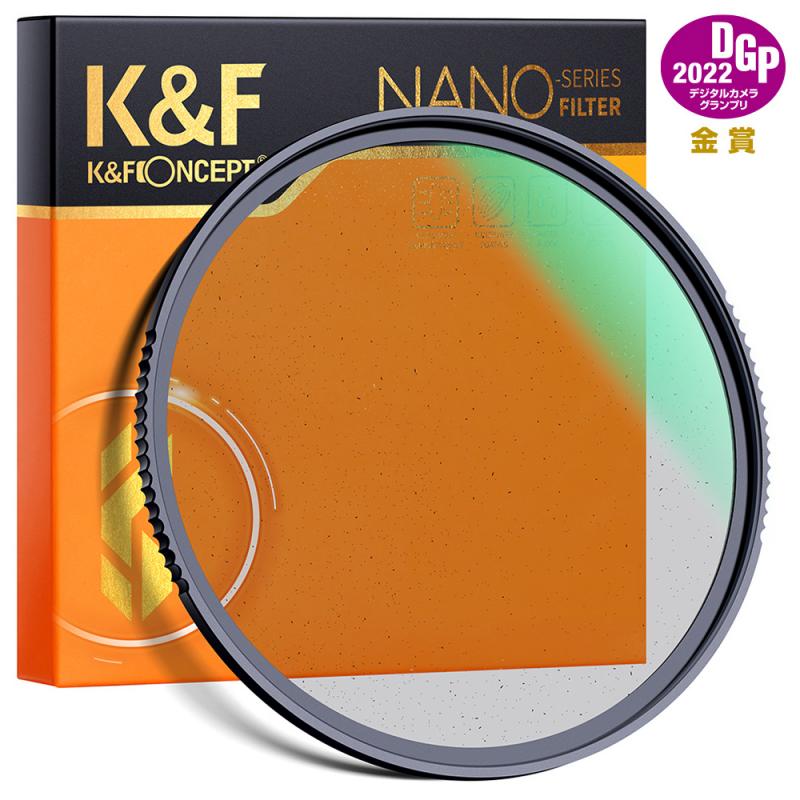
4、 Adjusting your shooting angle to avoid direct light hitting the lens
To avoid lens flare when using a filter, there are a few techniques you can employ. One effective method is adjusting your shooting angle to avoid direct light hitting the lens. By changing your position or angle slightly, you can minimize the chances of light directly hitting the front element of the lens and causing flare.
When shooting outdoors, it's important to be aware of the position of the sun or any other strong light source. By positioning yourself in a way that the light source is not directly in front of the lens, you can significantly reduce the risk of lens flare. This can be achieved by moving to the side or changing your shooting angle slightly.
Additionally, using a lens hood can help prevent lens flare by blocking stray light from entering the lens. Lens hoods are designed to shade the lens from unwanted light sources, reducing the chances of flare occurring. It's important to use a lens hood that is specifically designed for your lens to ensure maximum effectiveness.
Another technique to avoid lens flare is to use your hand or an object to create a shadow over the lens. By blocking the direct light hitting the lens, you can minimize the chances of flare occurring. However, be cautious not to obstruct the lens completely, as this can result in vignetting or other unwanted effects.
It's worth noting that lens flare can sometimes be used creatively to add a unique and artistic touch to your photographs. Some photographers intentionally incorporate lens flare into their compositions to create a dreamy or ethereal effect. However, if you want to avoid lens flare altogether, adjusting your shooting angle and using a lens hood are effective methods to minimize its occurrence.
